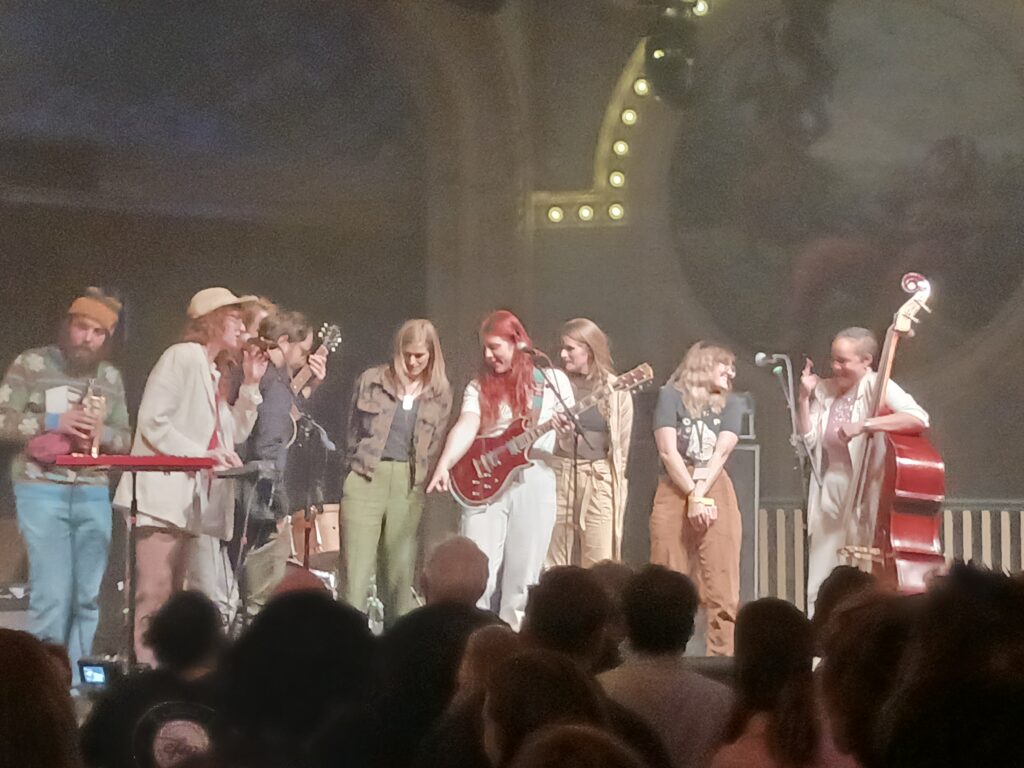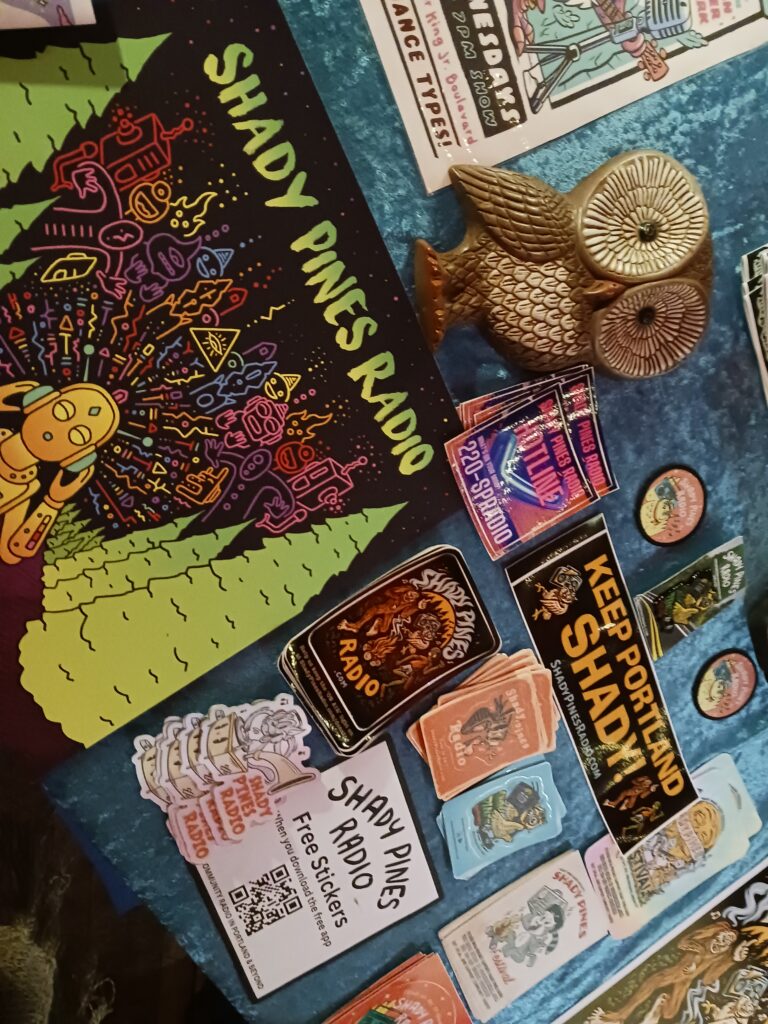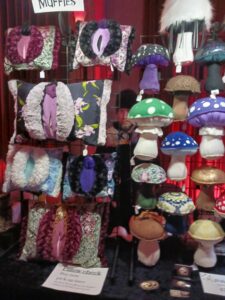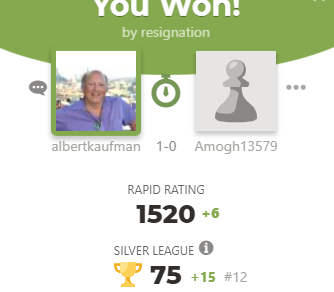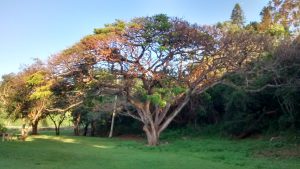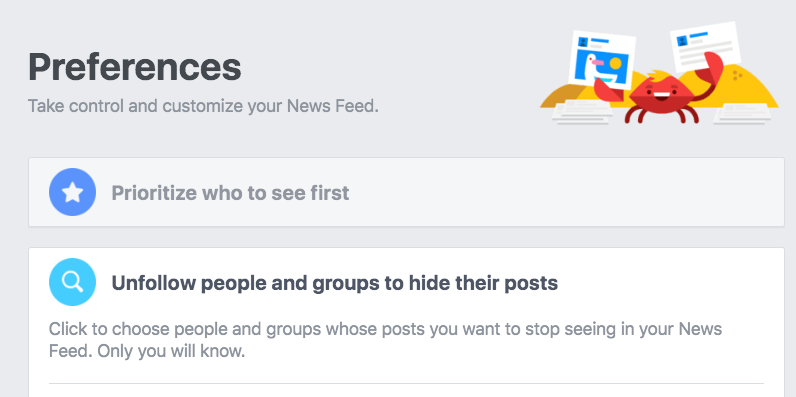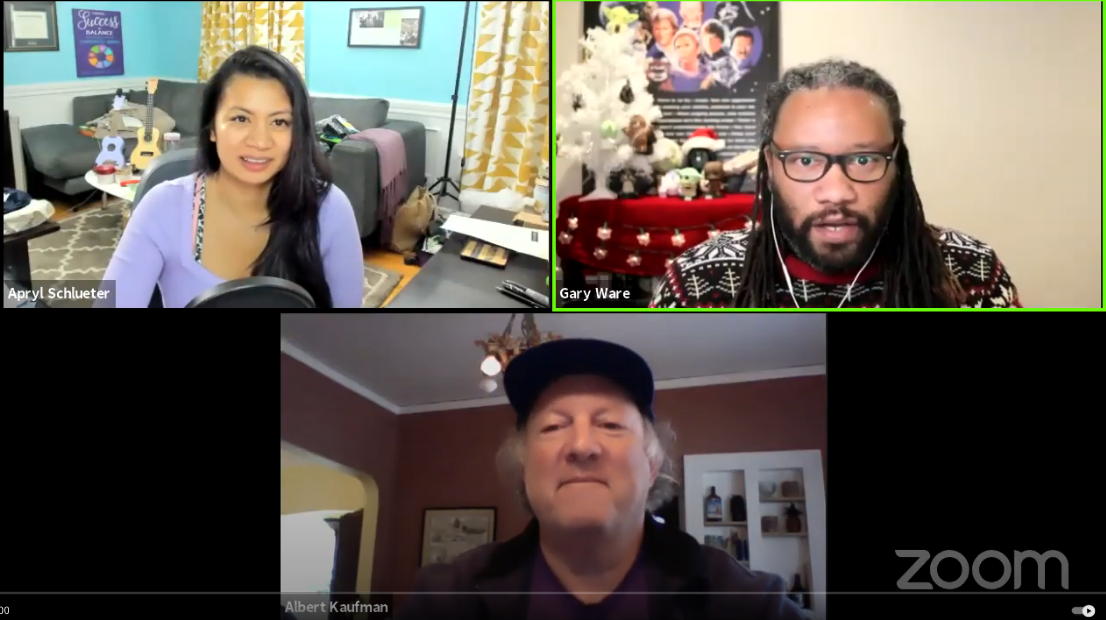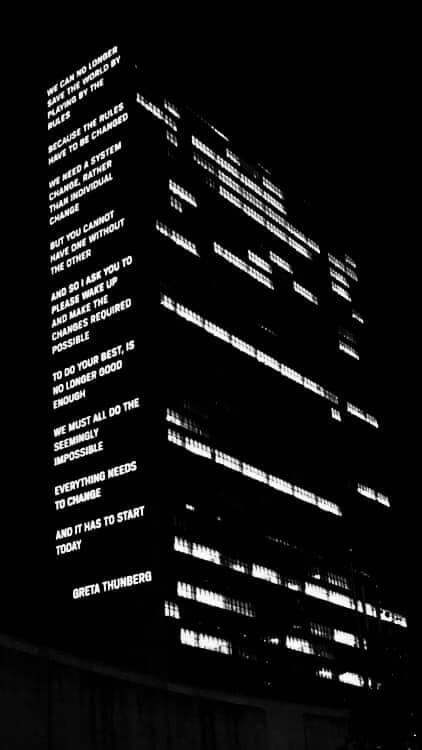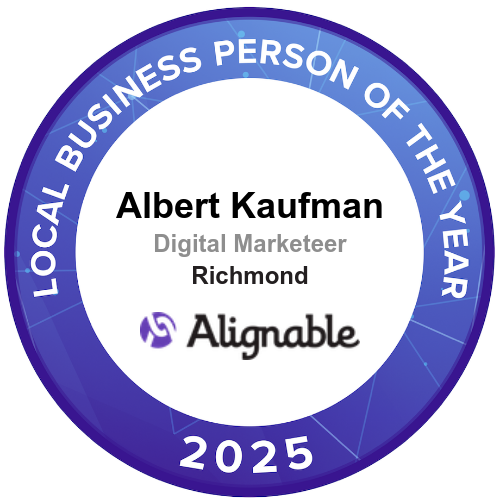Oregon Country Fair 2025 – a Review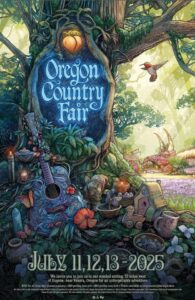
Hey there, I’m back from another Oregon Country Fair (OCF). My head is still a little scrambled, and it’s been 3 days since my return from the fields and forests of Veneta, Oregon. This year was another hot one – daytime temps were in the high 80s, and then for the 3 days of the Fair, temps climbed into the 90s. This ends up having an effect on Fairgoers and those who volunteer for the Fair. Right before this year’s OCF a new documentary about the event came out. It’s about an hour long and does a great job of showing off various aspects of the Fair. Enjoy.
About those volunteers, there are thousands of them. That’s something notable about this event that’s different than anything I’ve attended before. The amount of people and people-hours that are poured into this event is quite incredible and makes for a giant family of people who work together to create Fair Magic. Most events have a ratio of volunteers (or paid staff) of about 10 or 20 attendees for every ticketed customer. In the OCF case, it’s much closer to 1 to 3 – a very low ratio (if you know the exact figure on this, please let me know). I volunteered as a musician this year, playing for kids at Sesame Street and Wally’s Way stages.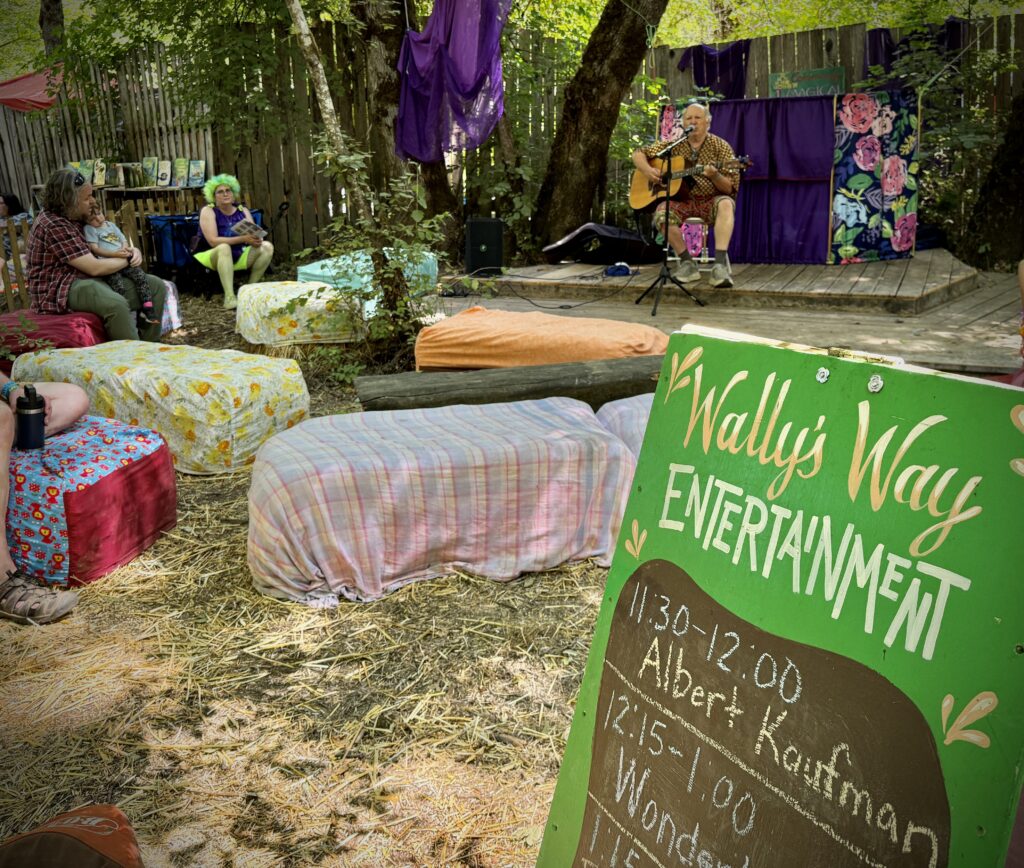
This episode brought to you by the inexpensive construction headphones I schlep everywhere to help me sleep during loud music and other noise at festivals like this one. And while I’m here, these headphones are part of a 11 life tips series that you can sign up for here. For some great background music while reading this – try out Fair TV – which is streaming the shows from the main stage as I type this – 7.17.25.
So, besides the great food, wonderful music, interesting spoken word, an incredible 1st annual Friday night burlesque show (go in 2026!), and interesting crafts, there are things that are not obvious. Oh yeah, the costumes, people on stilts, marching bands, cute kids, and all sorts of serendipity – there are a few things I want to talk about that are not obvious unless you’ve been coming a while.
Networking.
I am lucky to get to Fair a few days before the official event begins. This meant the Wednesday before Fair for me this year. This led to wandering the 8 and connecting with many craft vendors and other volunteers before the event opens. Some of these relationships have been going on for years. I see you booth L12, Wileyware! As someone who helps small businesses with email marketing, my conversations are sometimes about how to help the crafters market their wares – both at the Fair and beyond.

Wileyware
I got into a conversation with Skeeter Duke, who’s been coming to the Fair since close to the beginning. He talked to me about the intention of the Fair at the start was for people to come together and network. Figure out how to create a new society together. How to take the ideals that were being discussed in the late 60s and spread them through the community and work, and build together. I’m going to keep learning about this intention (there were newsletters back then, and many elders from the time still carry on this effort today). There’s so much to say about this. And I think this part of the Fair is a little obscured by the pageantry part.
For example, the Fair features 2 big areas devoted to organizations doing interesting environmental activist work that create all sorts of opportunities for education, but also networking. These are Energy Park and Community Village. I think most people and the booths themselves are missing a big opportunity that I hope to elevate here. We tend to approach the booths at Fairs as consumers – these people behind the table or wall have something to offer us. Maybe it’s a blintz or knish. Maybe it’s tie-dyed socks or a beautiful guitar or earrings. But maybe it’s wisdom. Maybe it’s an internship for someone you know. It goes deeper than that. Here’s an example.
While I was sitting in the Ritz** (an incredible collection of saunas and showers – one of the main reasons I go to the Fair, actually), which is also a great place for networking (or catching up with friends, or group singing in the sauna). Anyway, I look up and see the smokestack puffing smoke. The Ritz burns a lot of wood each year at the Fair, and that smoke is spewed into the air and breathed by fairgoers. I’d been thinking, as I’m learning about woodsmoke, how do we electrify the Ritz? The saunas could be running on electricity and sparring fairgoers (and the region) a little bit less woodsmoke in the air. I ended up in a long conversation by someone who’d been on the OCF board in the past and she mentioned Peach Power – an effort to bring more solar panels to Fair. Well, without that conversation I wouldn’t have been able to then have a different conversation with someone from Energy Trust in Energy Park about the same topic.
I work on a few livability issues. Getting Rid of Gas-powered leaf blowers; dark skies Oregon (esp. how to slow the spread of too bring LED lighting); Keeping Trees Standing; and reducing woodsmoke. Mostly, I’m focused on Portland, but everyone could benefit from the work I’m doing. So, when I’m face to face with someone who is part of an NGO where these issues are related, I see the person on the other side of the table as an ally. This relationship is possible with anyone at any time – but at Fair, things are labeled better 🙂 ie, the booth dedicated to seed swapping in Energy Park is a great place to talk about saving the pollinators. Seeing my longtime kinda guru, Sharanam – we got into a conversation about setting up a show for him in Portland.
Then, there’s lots of sharing back. Letting people in on Fair secrets – or, what I like to call, showing people the door. Not everyone knows that there are a wide variety of ways to participate in the Fair. You can jury in and become a vendor; volunteer to be part of a crew; but it’s also possible to be an SO (significant other/guest of) an elder (that’s how I got my camping pass this year after many years with various booths and crews). This is something that I want to dedicate some time to in the future – figuring out how to get people to Fair who will have a life-changing experience there. People who might not even know the place exists, but who will benefit from being a part of the Fair Family (which is pretty much everyone).
Fair Information
You can get information about the Fair from the Info Booths located around the Fairgrounds (also known as the 8). But there are a ton of other ways – there are a slew of private and public Facebook groups, for instance. For instance, if you’re tired of my spiel and want more pictures, try out the OCF Unofficial group.
And the information is everywhere – from the banter of the performers (which contains many positive messages) to the Peach Pit, which is the printed guide to the Fair – there’s lots to learn about. There’s even a code of conduct! And general guidelines.
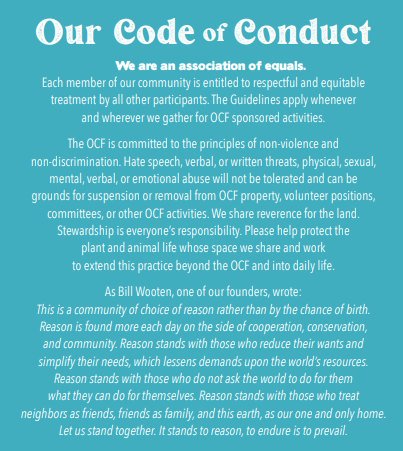
I will probably have more to say about the networking topic I started on above. My learning about how that informed early Fairs, and my own current approach to networking in the small business world, seems to be pushing me into an area I’m not familiar with. Going to places we’ve never been before!
The hot temps and dust at this year’s Fair were a reminder to me about how fragile our society is. We march our way through, but it’s challenging. I walked around the Fair most of the time with a wet towel on my head that I had to keep wetting. I’m 64, and I noticed aging for myself and others more than in previous fairs. I got lucky and had dinner with a couple of people who’d been to the very first fair and most of them since that time! 52? 53? I saw more alter-abled transport and more strollers this year than in years past. Watching kids at the Fair is fun – and it’s also fun to see someone in their 80s oohing and ahhhing like they were kids.
I appreciate the deep connections many of you have with each other. I realized this year, more than in previous years, that those who live in Eugene or thereabouts seem a lot more connected than those of us who travel farther to reach the shores of the Long Tom. This year felt more “local” to me. But I also realize that repeat visits and my many loose ties with a wide variety of Fair people do ground me.
Ah, Fair. Thank you. Thank you for connecting me with many of my friends. Thanks for the chance to share time with people who knew my friends who have passed away – Ben Bochner and Amira. Thanks for the chance to gather in a very safe place and find magic. Fair is not perfect, but Fair is Fair!
Until we meet again, Albert Kaufman, 7.17.25
This year’s Resource List!
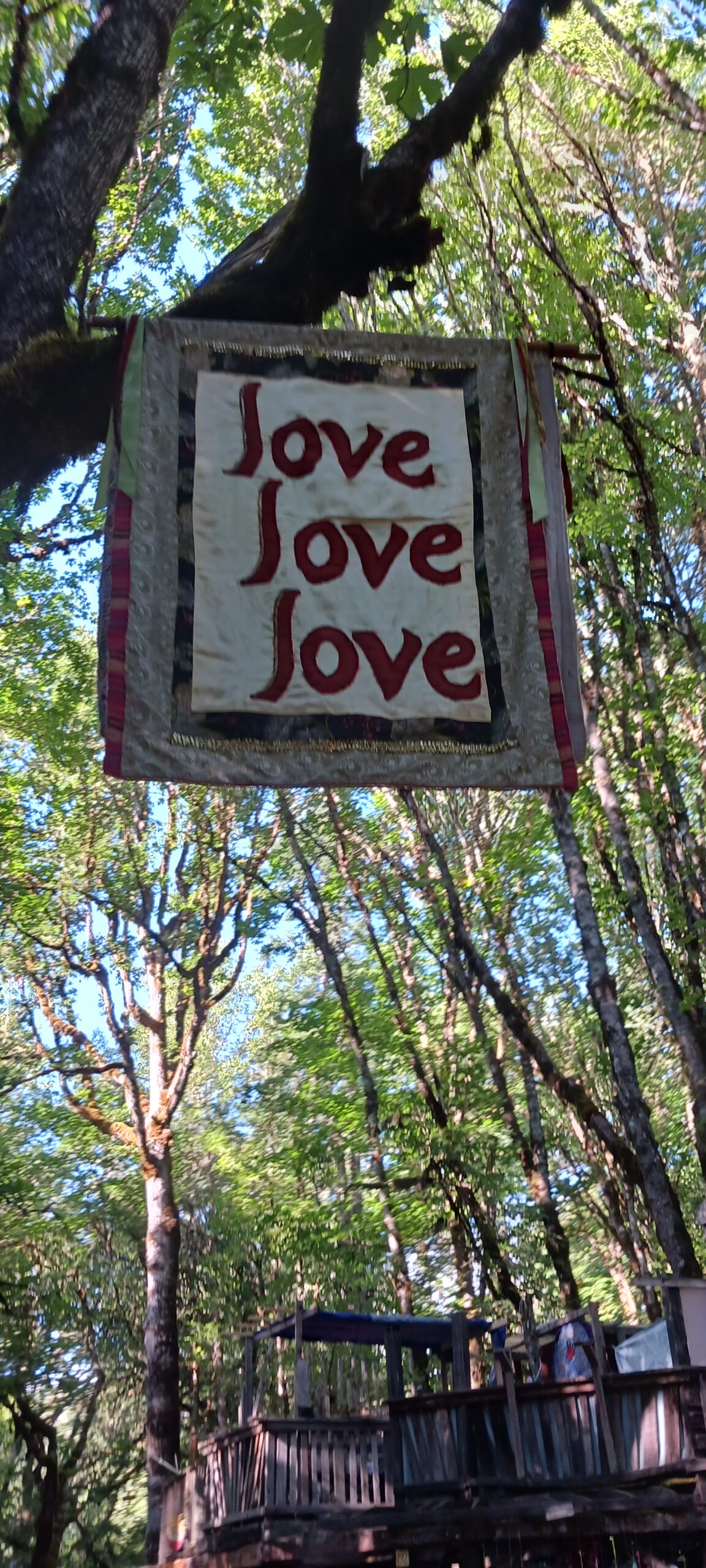
PS – your comments are welcome! I am always open to feedback.
PPS – here’s my write-up from last year, and that links to previous years. I may do a Resource List for this year in a bit. Joining my email list is a great way to hear when I’ve written something new.
PPS – my friend, Bruce Bartlett had this to say about the Ritz (which turns 50 next year):
“I agree that the Ritz is otherworldly in its effect on people. I have been transformed in there several times. Each time (5) a new level of tension has relented, both somatically and psycho emotionally.
Doing something you (almost always) do in private now openly and relaxed is a powerful ritualistic tool that can dissolve shame. When the internal tension, that is so often held excruciatingly tight in a person who is troubled by their body or their beliefs about it, is finally allowed to release itself, the person enters into a free, open communal space with music and laughter in the background in a way that feels almost surreal at first. I recall the first moment my shower turned off so the splash of the spraying water on me ended. I opened my eyes and started taking in the world around me. The relaxation, conviviality, and acceptance I witnessed filled (informed?) a part of me that had always wanted that sensual environment to exist. Warm fires make for warm conversations. The toning in the saunas still echoes in my mind.
We have created a portal into a profound body-positive world. The fair itself is a towering testimony to the glorious beauty of the body, in a kaleidoscopic, wild, outlandish statement of joy. This celebration in the Ritz of our innate beings with our unique bodies manifests the world as it should be.
Deep appreciation for its builders and keepers. May many be blessed in the portal.”
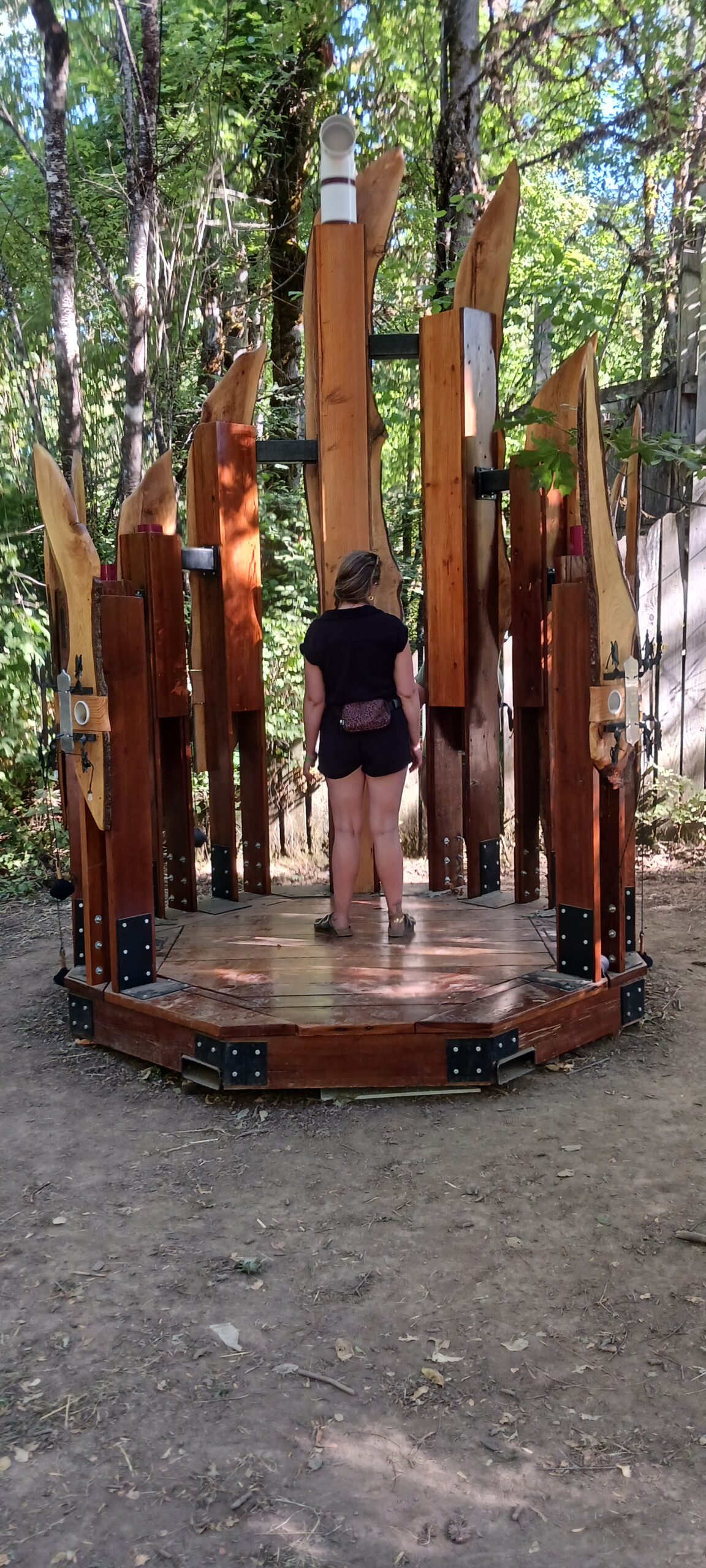
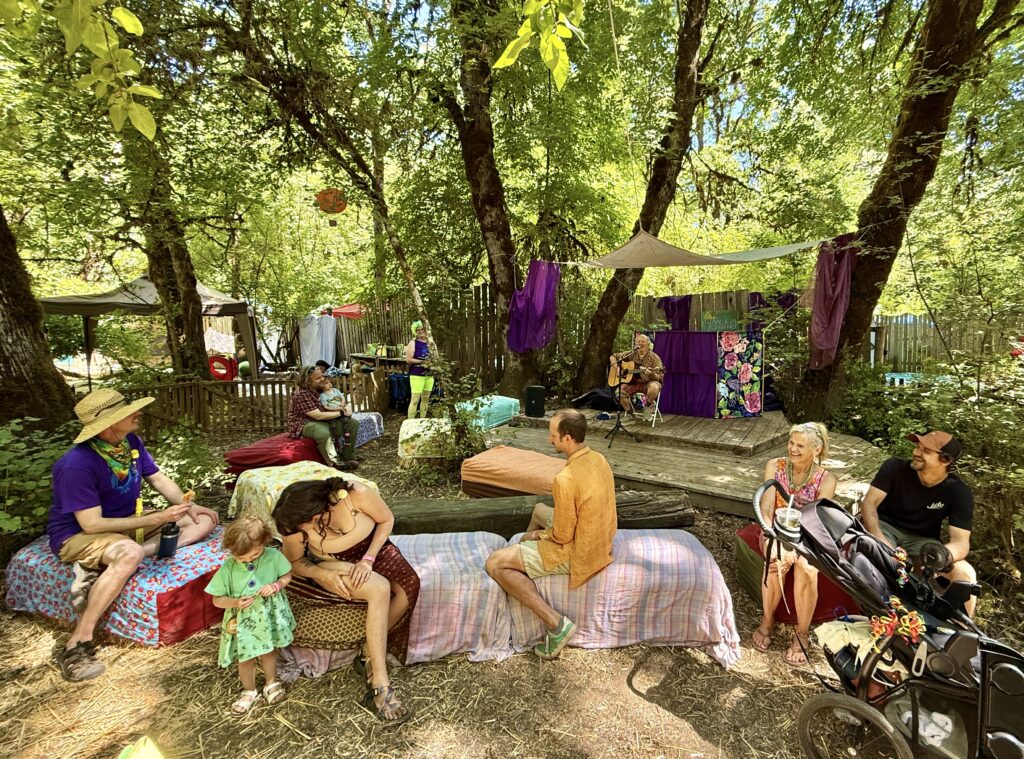
Thank you, festival culture, for making me who I am.
Philly Folk Festival
Burning Man
Oregon Country Fair
Vancouver Folk Festival
Beloved
Mariposa Folk Festival
Hartford Folk Festival
Middletown Folk Festival
Folklife Festival
Garlic Festival
Singing Alive
Cascadia Songrise
String Summit
World Domination Summit (3)
Neurodiversion 2025
I’m probably missing a few 🙂
And to my Mom and Dad, who pushed me in this direction from the very start
